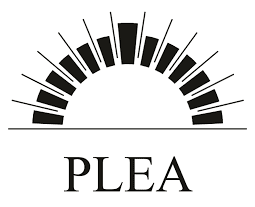This paper describes part of the work being carried out by CRES, in the frame of the EU-funded JOULE project “PRECis : assessing the Potential for Renewable Energy in Cities”. The main aim is to develop simplified parameters that describe the microclimate and environmenal performance of different urban textures. One of the roles of CRES within the team is to describe simplified parameters for the use of vegetation in the urban context, which can eventually be used irrespective of site-specific characteristics for different climatic contexts and urban textures. Of particular interest is the effect of vegetation on microclimate : thermal effects, as well as the effect of vegetation on solar and daylight access. These affect the microclimate of the existing open spaces as well as the energy use of the surrounding buildings for heating, cooling and lighting, through shading, evapotranspiration, etc. Simple parametric studies are examined, to identify the thermal impact of vegetation in the urban environment, at the scale of the urban block, particularly as far as the reduction of air temperature is concerned.
Vegetation in the urban environment : Microclimatic analysis and benefits
This entry was posted in Conference Paper. Bookmark the permalink.

